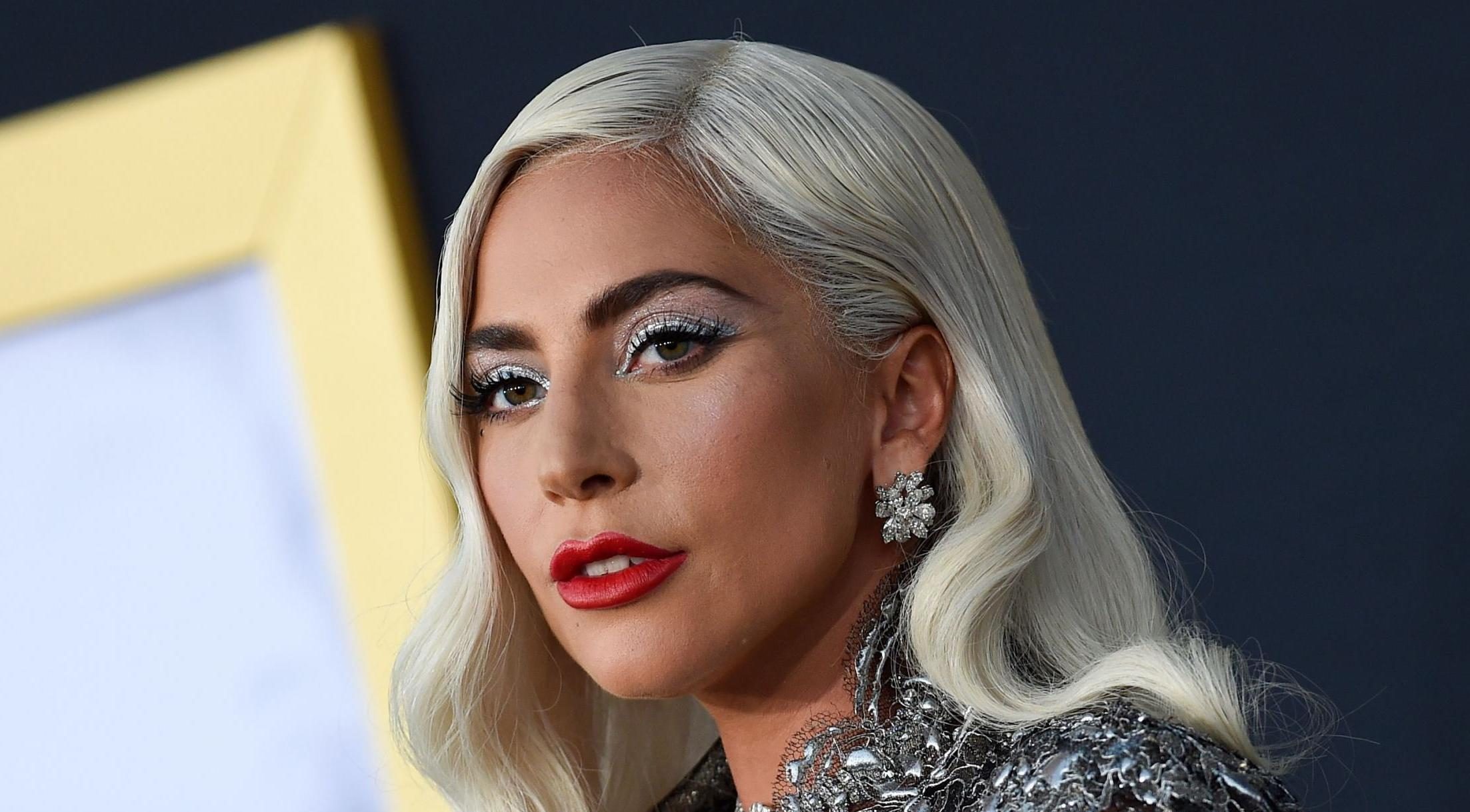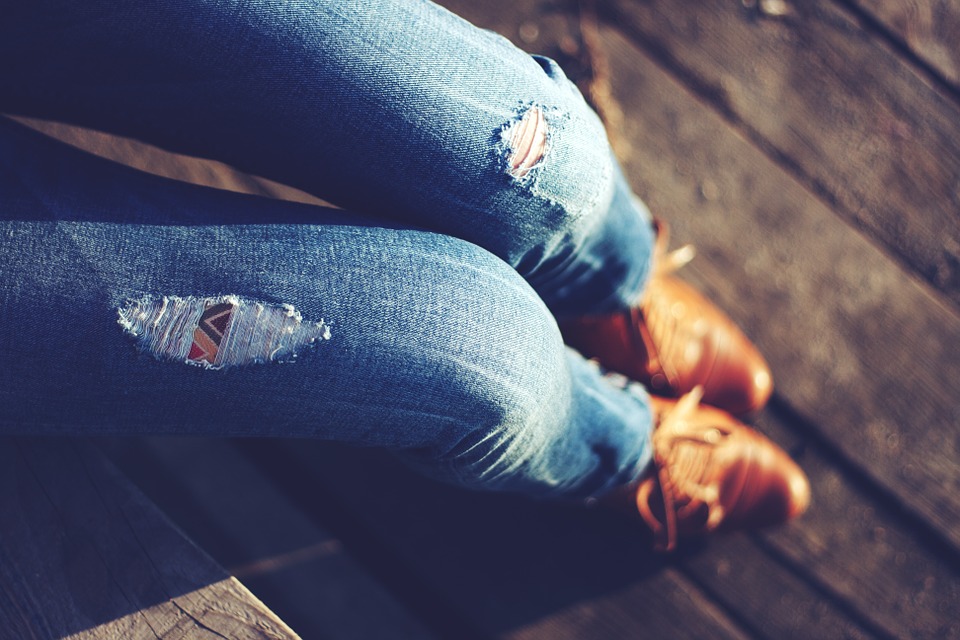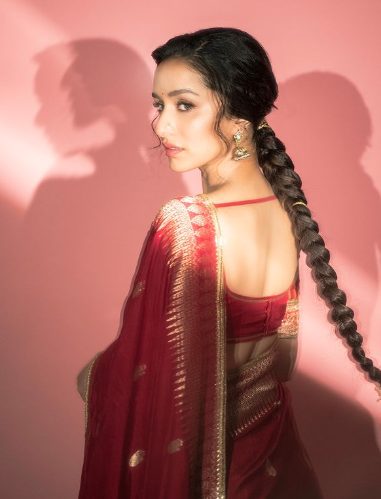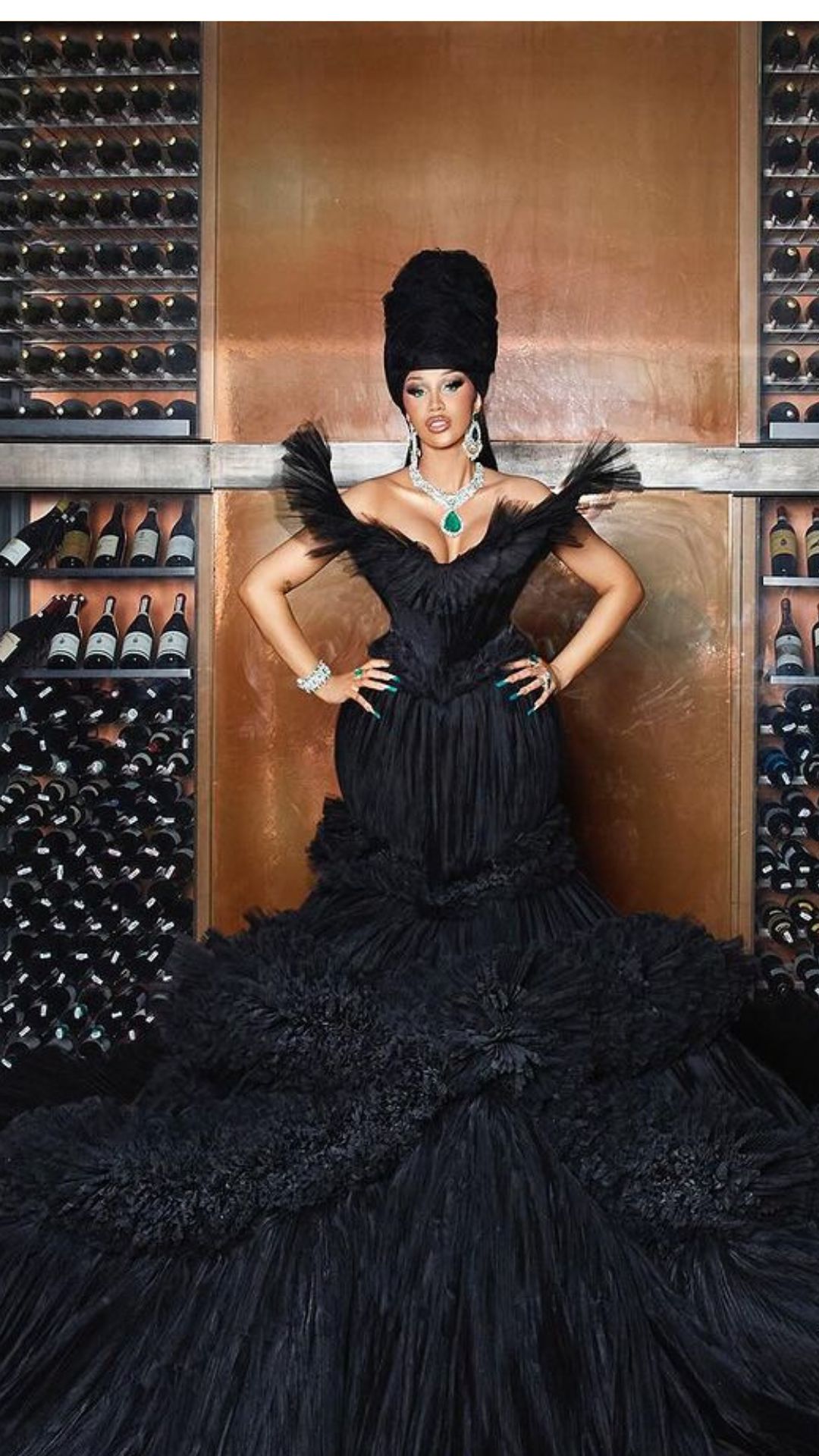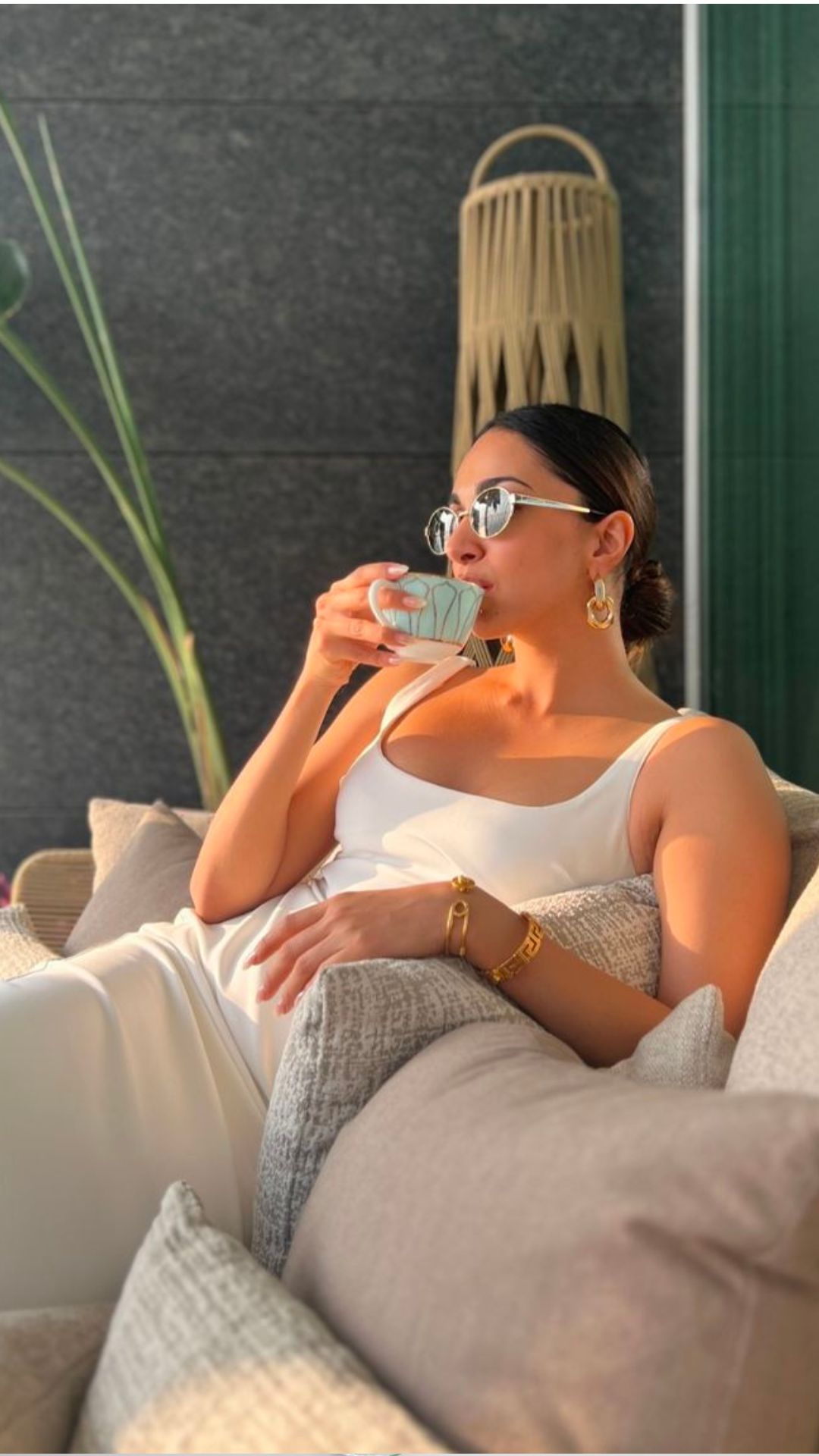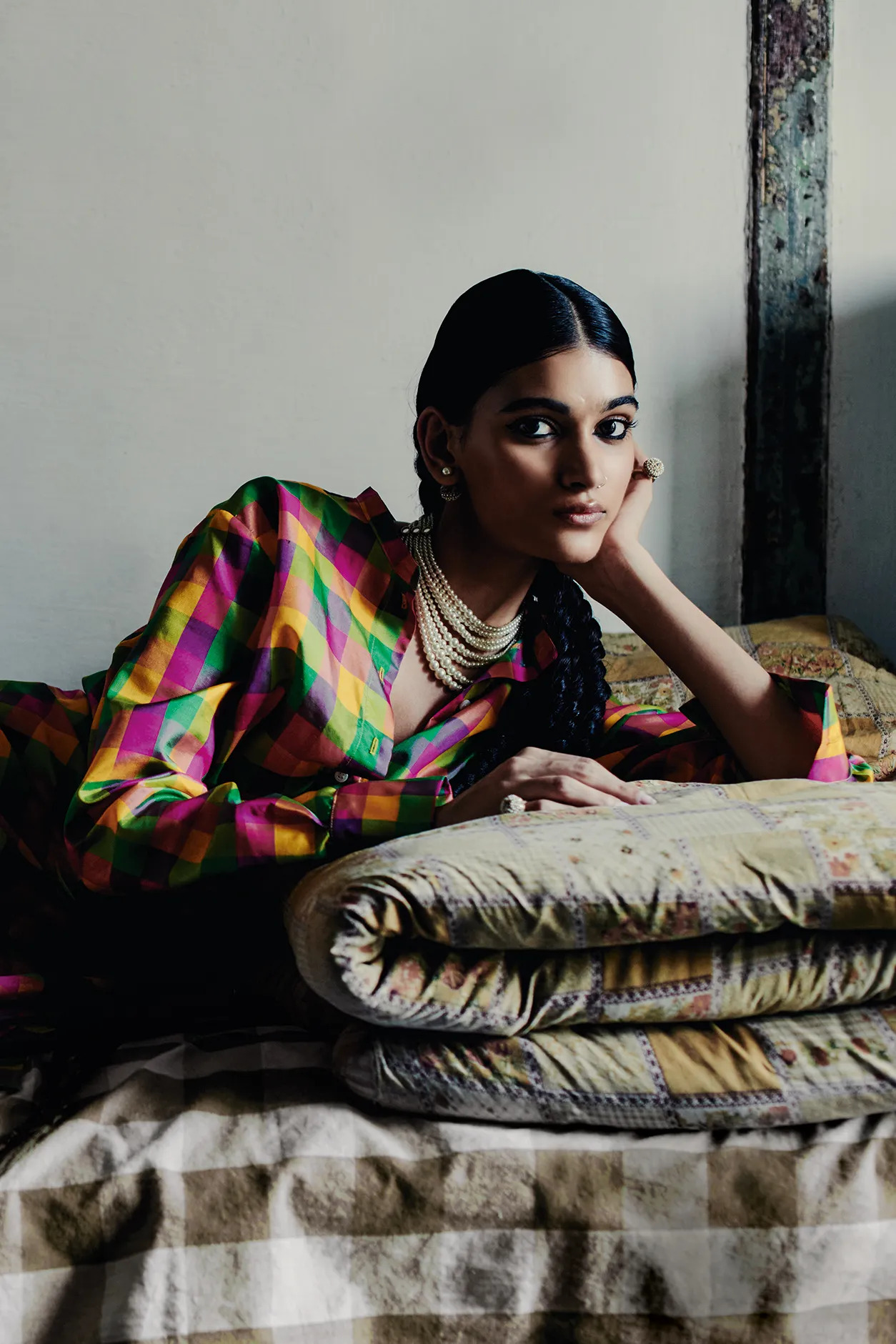
Is the fashion industry finally addressing and rectifying cultural appropriation?
one night a couple of months prior, I was scouring my typical rundown of handed down sites — The RealReal, eBay, Grailed — when I spotted it: a rare Jean Paul Gaultier top put with symbolism of cattle rustlers and Local Americans. Murmur. It’s positively not whenever I’ve first seen my Native culture diminished to a sort of contrivance. Growing up Ojibwe on the Nipissing First Country reservation in northern Ontario, just seldom did I see the magnificence of our kin and their plans legitimately reflected in the style world; over and over again, we were diminished to cartoons all things considered. Yet, I purchased that shirt, which currently rests in my developing assortment of design pieces that highlight different components of social allocation. Obviously, this is definitely not another idea: Allocation — for this situation, utilizing style signs and themes from societies that aren’t one’s own, frequently without credit and in cliché or bigoted ways — has a long history in design. Definitely more than basically drawing motivation, planners — frequently from white or Eurocentric foundations — have long mined from minority gatherings, taking on their underrepresented craftwork or methods prior to making them look like their own. Something should be visible to some degree as far back as the eighteenth 100 years with the chinoiserie development, when European originators became captivated with the themes saw as in customary Chinese dress.
“Allotment is the point at which you transform something into an ensemble — like wearing a qipao with chopsticks in your hair,” says Chinese American fashioner Kim Shui, who integrates qipao-style collars into her own pieces yet has seen different planners steal the style — as well as bigger brands categorize whole tremendous, vivid societies into one explicit look and co-selecting it. “It’s not coming from a certifiable spot.” About a year prior, in the wake of seeing an ever increasing number of unsafe understandings of my own Native culture reemerge on the resale market, I made it my new side interest to gather these pieces. My document incorporates a gold mixed drink ring from an Italian extravagance mark looking like a childish hat, as well as a rare games tee with the overly critical term “Squaw” composed on it. (My latest procurement: a strapless Jean-Charles de Castelbajac dress printed with crown wearing stick figures bearing savage frowns.) How could I readily burn through cash on things that I have zero desire to wear? It’s straightforward: In light of the fact that buying them takes them off the market. They likewise — by highlighting a time in style that passed on a ton to be wanted concerning inclusivity — have a verifiable worth. “Once upon a time, there were such countless Chinese-motivated assortments or geisha ensembles,” says Shui, gesturing to the 1990s and 2000s, when the runways were especially overflowing with apportionment. “It’s practically similar to we needed to arrive at that spot to have the option to carry more attention to things now.” All the more as of late, because of social developments, for example, People of color Matter, there’s been a significant change in open cognizance around prejudice and matters of social responsiveness. By interfacing straightforwardly with craftsmans from different networks to highlight their special magnificence — according to the perspective of those networks’ individuals — creators can mirror a more insightful enthusiasm for societies that rouse their work without simply appropriating them.
Through her adornments name Sibling Vellies, for example, Aurora James is teaming up straightforwardly with craftsmans in Africa to create shoes and satchels. “We really want to celebrate craftsmans accomplishing this customary work so they can make a living for them and keep protecting their art,” says James. “I believe individuals should consider working with these craftsmans rather than simply putting them on their temperament sheets.” Christian Dior’s Maria Grazia Chiuri has additionally been working furiously at toppling the tides of allotment through her loud runway shows. In a space where so couple of creators have been uplighting various societies, Chiuri has not just made doing so a purposeful command of the brand — she’s put it up front. “This is my fixation,” says Chiuri. “It’s really significant for the eventual fate of design. There is a ton of information, culture, and history [to preserve].”
The architect has as of late made a trip wherever from Mumbai to Mexico City looking for new craftsmans to cooperate with. “I like to work in a manner that perceives the quality and limit that exists in different regions of the planet,” says Chiuri. “It’s vital to have perspectives from various foundations.” For Dior’s new pre-fall 2023 assortment, Chiuri worked intimately with Karishma Swali, the overseer of Mumbai’s Chanakya School of Specialty, on the assortment’s fancy weavings. For the house’s hotel 2024 show, introduced in Mexico City, Chiuri worked together with Mexican craftsmans from various locales on her shirts and huipils. “In every district, there are various methods,” makes sense of Chiuri. “A few strategies are intended for Oaxaca, or Chiapas — various networks utilize various specialties as a language.” Progressively, social information guardians are being given a voice both through coordinated efforts and through command over the work —, for example, when Gabriela Hearst enrolled Diné craftsman Naiomi Glasses to make stylish raincoats and tops with Local American weavers. “It was important for the most vital phase in pushing different planners to work with Native creatives — and for us to be the ones behind the plans,” says Glasses. “Style is moving in a superior bearing.” James, as far as concerns her, needs to guarantee that this kind of evident cooperation is a persistent cycle — in addition to an oddball season pattern — through Sibling Vellies’ as of late sent off Something Exceptional program, in which craftsmans from Africa and somewhere else will make extraordinary, restricted version things for the brand each and every month. “It’s tied in with making frameworks,” says James. “You can’t take motivation from a gathering and not include them at all.”
Obviously, style’s new social arousing doesn’t come without a couple of crimps to work out. As buyers see more legitimate choices come to advertise — made by craftsmen who are really from the networks where these new plans started — there’s still a lot of disarray around who is permitted to wear what. At the point when James delivered an assortment motivated by Negril, Jamaica, a couple of years back, certain retailers were awkward about selling the things. “There was a ton of red, gold, and green — colors that are normally connected with Jamaica — and they were like, Who will wear this?” James says. Shui, who has confronted shopper wariness around her qipao-style collars, expresses that while rising mindfulness around social appointment is truly necessary, embracing socially roused clothing ought not be viewed as some kind of unnerving proposition weighed down with expected entanglements. “Don’t we need to appreciate and see each other’s societies,” she inquires, “and not make hindrances?” Slipping into these plans essentially accompanies a little added schoolwork. Grasping the setting of a piece — who made it, what the historical backdrop of the piece of clothing or print is, and when it’s fitting to wear it — is a simple initial step. James exhorts learning such things as “on the off chance that the thing was made by individuals who are important for the start of that plan — and assuming they are benefiting and feeling enabled by the buy somehow or another.” Native architect Jamie Okuma — who frequently integrates conventional themes into her work, and is the primary Local creator drafted into the CFDA — adds that most craftsmans working in this space are making pieces that are accessible for all to wear. “Appreciation for socially lovely things is totally invited,” says Okuma. “Myself and my companions who cause contemporary Local plan to do this for everybody to appreciate.” In our ongoing second, most design names are, fortunately, substantially more careful about being society vultures — and assuming they do fitting, they are all the more promptly gotten down on via virtual entertainment. Basically for the present, however, my chronicle from the resale market keeps on developing. In my shopping basket at present: a ’90s runway piece from an Italian style mark that highlights Local champions and a picture of Bison Bill — the American trooper, entertainer, thus called Indian warrior.
Maybe sometime soon the market for appropriative choices in design will evaporate completely. My own expectation is for such pieces to become as uncommon as Tom Portage time Gucci — and that my own document turns into a sort of design fantasy — simple relics of obsolete mentalities.
POST A COMMENT
You must be logged in to post a comment.



